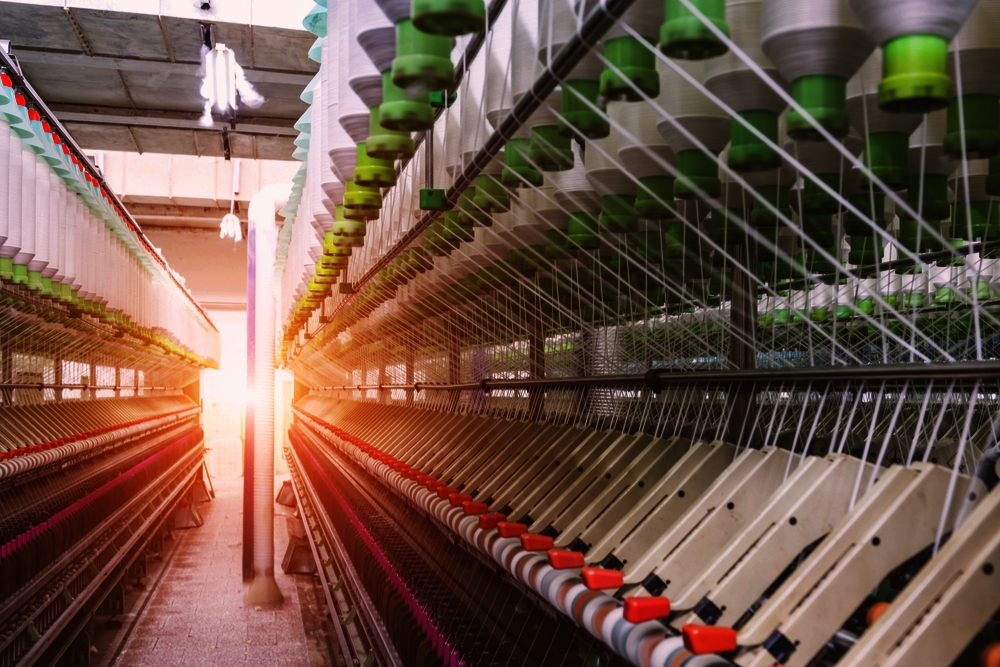The convergence of AI and nanotechnology

Artificial Intelligence (AI) has been an increasingly growing area for many years now; not just within itself, where the areas of machine learning, deep learning and artificial neural networks (ANNs) are now powerful methods in their own right, but also in the amount of areas and industries that they are now prevalent in.
The adoption of artificial intelligence alongside the Internet of Things (IoT), industrial Internet of Things (IIoT), and the ever-developing industry 4.0, have already revolutionised many production and monitoring process across the chemical, mining and manufacturing-based industries, but it still continues to grow.
So where does that leave nanotechnology and AI? It is true that the adoption of AI with nanotechnology has not been as widespread as other scientific industries, however, nanotechnology often requires more complex systems that are not always compatible with some aspects of AI (or it makes it harder to implement). That being said, there are some developing areas where AI converges with nanotechnology.
AI and Microscopy
Recent developments out of The University of Texas Rio Grande have seen the realisation of an interesting point-of care device that bridges the areas of biology, optics, nanotechnology and AI. A microfluidic channel houses a removable nanotextured surface that binds specifically to breast cancer cells. Once bound, it can be removed and imaged. Whilst that part is not strictly new, the interesting part is through machine learning. The imaging is segmented and coupled with a machine learning algorithm that automatically determines whether a cell is cancerous or not using historical data on cell shape, size and uniformity (for both healthy and cancerous cells) and comparing it in real-time to the cells being analyzed.
Another area of imaging that has benefitted from AI is scanning probe microscopy (SPM). This is a method which has traditionally suffered from resolution issues, especially when trying to image samples at the nanoscale and manipulate at the atomic level. There are many different tip-to-sample interactions that depend on various parameters and collating them all together manually is not the easiest of tasks. ANN’s can recognise the local behaviour of the material being imaged which leads to a simplification of the data and a reduction in the number of variables that needs to be considered. Overall, it leads to a much more efficient imaging system.
AI and Chemical Modelling
Theoretical and computational modelling already use algorithms to depict the ideal structure of a material, determine its energy a and properties, and how it will interact in different environments. So, it’s only a natural progression towards using AI and the implementation of more advanced algorithms and data manipulation methods.
From a simulation perspective, there are many different parameters that need to be correlated to accurately produce either an image or a moving depiction of a working system. Just like with some of the experimental imaging, AI can better collate this data, and learn from past systems, to produce a more accurate representation of the system in question e.g. by minimising the error associated with the geometry or size of a material or particle. This is particularly useful for nanomaterials as the different effects and phenomena seen with nanomaterials can sometimes be hard to recreate.
AI can also help with the future of nanocomputing, that is, computation which is performed through nanoscale devices. There are currently many ways that these devices can perform a function, and these range from the physical operations to computational approaches. Because of a lot of these devices rely on complex physical systems (e.g. plasmons) to enable complex computational algorithms to be performed, machine learning methods can be employed to provide novel data representations for a wide range of applications.
Of course, there are always sensor networks that employ a wide range of AI methodologies. However, these are not strictly limited to nanosensors, because a sensor system that uses the same AI algorithms across its whole network will not strictly be limited to nanosensors, or nano-inspired sensors.
Written by Liam Critchley





